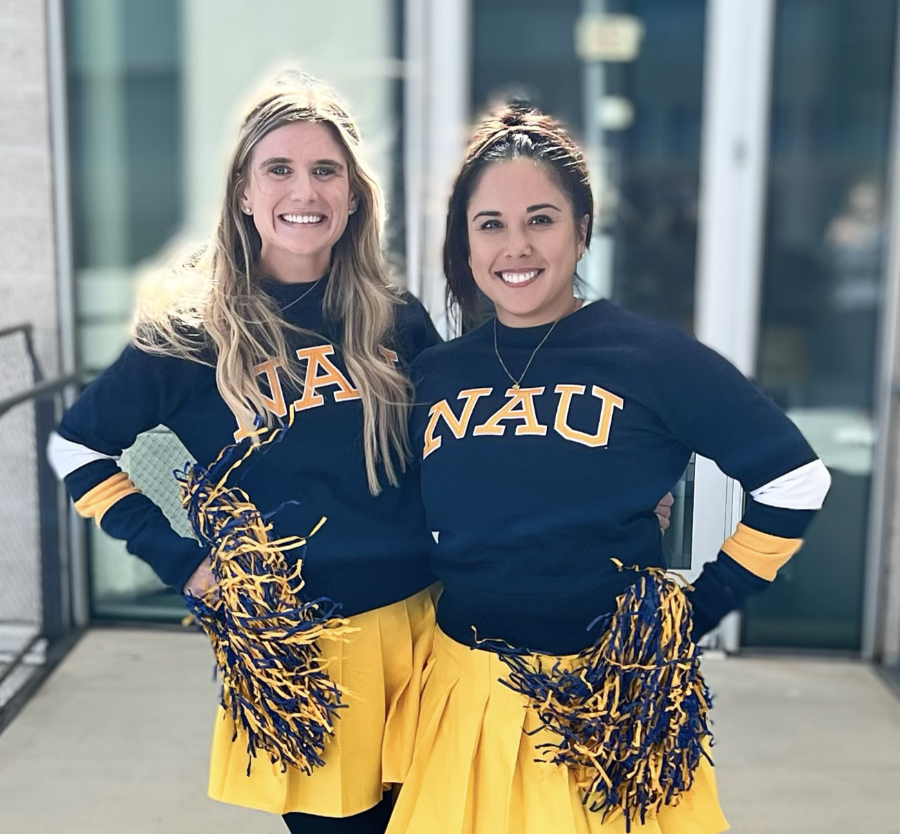A blog through the lens of @anotheradhdot. Unlocking insights for therapists, empowering parents, and elevating neurodivergent voices.
My Sensory Life Blog

Celebrating Pride Month & the Neurodivergent Community: Embracing Intersectionality
In honor of Pride Month, albeit on the very last day, this post explores the powerful intersection between neurodivergent and LGBTQIA+ identities. Using occupational therapy frameworks and research-backed mental health insights, learn how affirming care and inclusive spaces can support well-being, connection, and belonging.

Navigating Halloween as a Neurodivergent Teen or Adult
Halloween can be an exciting time, filled with costumes, social events, and traditions. However, for neurodivergent teens and adults, Halloween may also bring about challenges that go unnoticed by neurotypical individuals. As an ADHD occupational therapist and neurodivergent person myself, I understand how overwhelming this time of year can be. I struggle with certain fabric textures, so wear the same costume every year (Hi- I’m that 30-something year old dressed as a cheerleader, again, and often worry about having fun at holiday parties or saying the wrong thing. I find myself staying up late to script conversations and create "contingency plans" to cope with any disappointments if the day doesn't go as I envisioned. From sensory overload to anxiety, many aspects of Halloween can impact mental and physical well-being. The good news is that there are ways to navigate this holiday while honoring your unique neurodivergent needs.

Understanding and Embracing Your Neurodivergence
Being neurodivergent might sometimes make you feel like you're standing out or struggling in environments designed for neurotypical brains. But guess what? Standing out isn’t a bad thing. Some of the most innovative minds are neurodivergent—people like Steve Jobs and Simone Biles thrive by embracing how their brains work. Check out this post to learn more about how you can, too.









